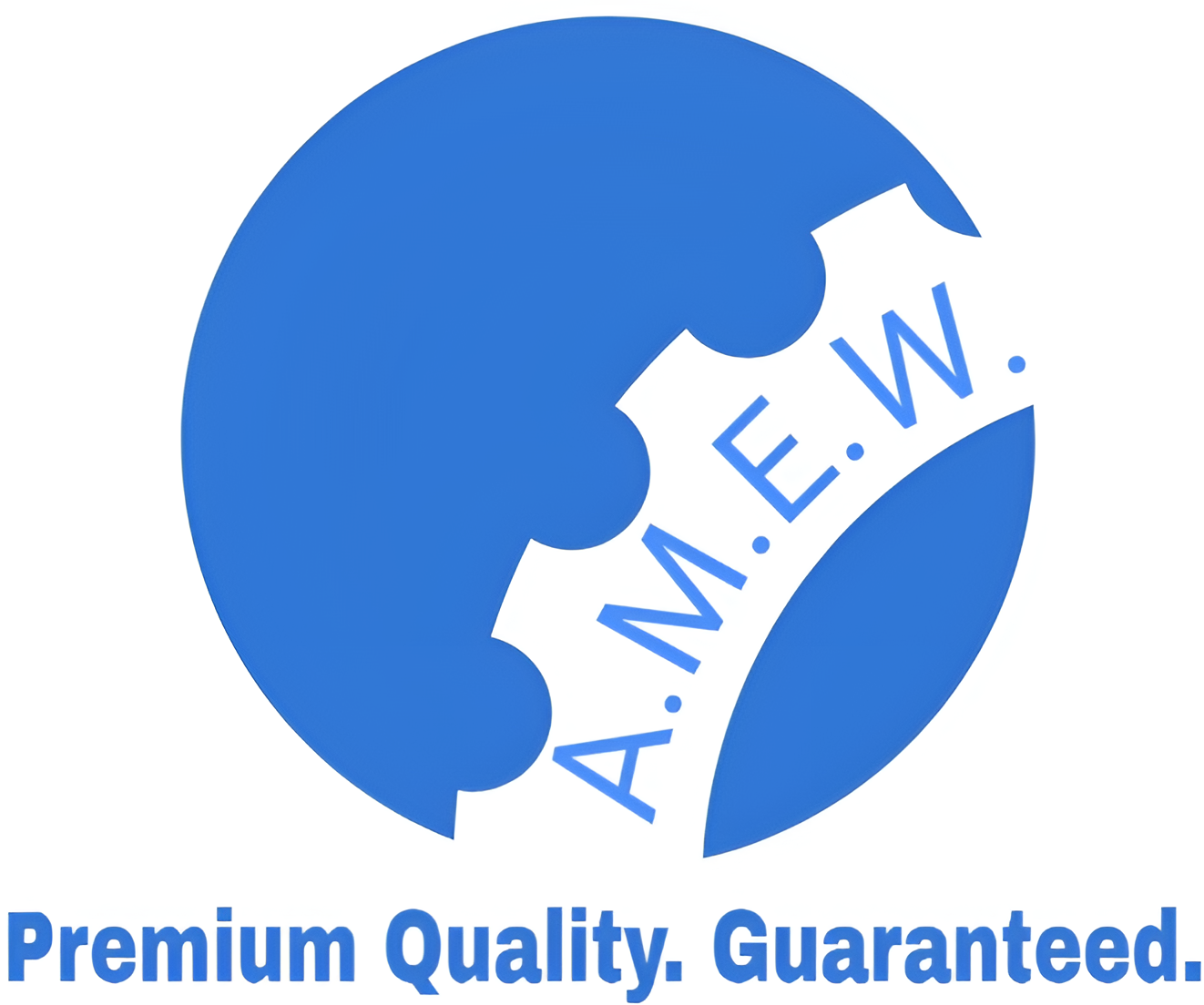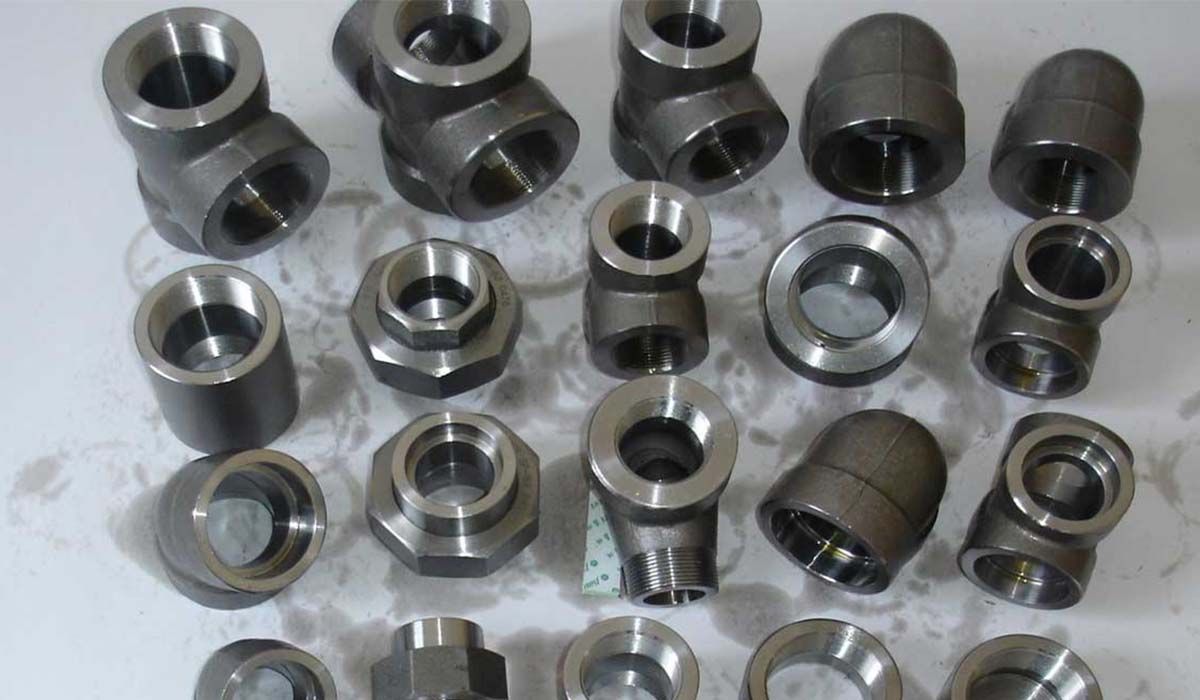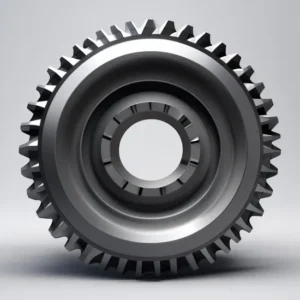Description
Forged Carbon Steel: An In-Depth Overview
Introduction to Forged Carbon Steel
Forged carbon steel is a high-strength material made by shaping carbon steel through deformation under high pressure. This process, known as forging, results in a superior grain structure that enhances the material’s mechanical properties, including strength, toughness, and durability. Forged carbon steel is widely used in various industrial applications due to its excellent performance characteristics, making it a preferred choice for components subjected to high stress and wear.
Chemical Composition of Forged Carbon Steel
The chemical composition of forged carbon steel can vary based on the specific grade and application requirements. Typically, carbon steels are categorized based on their carbon content, which influences their hardness and tensile strength. Below is a general representation of the chemical composition of forged carbon steel:
| Element | Percentage (%) |
|---|---|
| Carbon (C) | 0.05 – 2.0 |
| Manganese (Mn) | 0.3 – 1.5 |
| Phosphorus (P) | ≤ 0.04 |
| Sulfur (S) | ≤ 0.05 |
| Silicon (Si) | 0.1 – 0.5 |
| Iron (Fe) | Balance |
Key Properties of Forged Carbon Steel
- High Strength: The forging process aligns the grain structure, enhancing the strength of the steel. This makes forged carbon steel suitable for applications that require high load-bearing capacity.
- Toughness: Forged carbon steel exhibits excellent toughness, which allows it to withstand sudden impacts and shocks without fracturing.
- Wear Resistance: The refined grain structure contributes to improved wear resistance, making forged carbon steel ideal for applications involving friction and abrasion.
- Ductility and Formability: Forged carbon steel can be formed into complex shapes without losing its structural integrity, making it suitable for various manufacturing processes.
- Cost-Effectiveness: Compared to other high-performance materials, forged carbon steel offers a cost-effective solution for applications requiring strength and durability.
Applications of Forged Carbon Steel
Forged carbon steel is widely used across various industries due to its excellent mechanical properties. Some common applications include:
- Aerospace Industry: Components such as landing gear, engine parts, and structural components that require high strength and reliability.
- Oil and Gas Sector: Used in drilling equipment, valves, and pump components due to its ability to withstand high pressures and corrosive environments.
- Automotive Industry: Forged carbon steel is used in critical automotive components like crankshafts, connecting rods, and gears that need to endure high stress.
- Construction and Infrastructure: Utilized in the fabrication of beams, columns, and other structural elements requiring superior strength.
- Marine Applications: Components such as ship propellers, shafts, and fittings that must resist harsh marine environments.
- Heavy Machinery: Commonly used in manufacturing parts for heavy equipment, including excavators, bulldozers, and cranes.
Grades of Forged Carbon Steel
Forged carbon steel is classified into different grades based on its carbon content, alloying elements, and specific mechanical properties. The following table outlines some common grades of forged carbon steel, along with their characteristics and applications:
| Grade | Carbon Content (%) | Properties | Applications |
|---|---|---|---|
| C1018 | 0.18 | Good machinability, weldability | General engineering components |
| C1045 | 0.45 | High strength and wear resistance | Axles, shafts, gears |
| C1060 | 0.60 | Excellent hardness and strength | Cutting tools, dies, and machinery parts |
| C1080 | 0.80 | High carbon content for greater hardness | Springs, high-strength components |
| C1095 | 0.95 | Very high hardness, low ductility | Tools, knives, and blades |
| 4130 | 0.30 | Good weldability, strength, and toughness | Aerospace, automotive, and structural parts |
| 4140 | 0.40 | High strength, good toughness, and wear resistance | Heavy-duty machinery and automotive parts |
| 4340 | 0.40 | High toughness and fatigue resistance | Aerospace, military, and high-stress applications |






